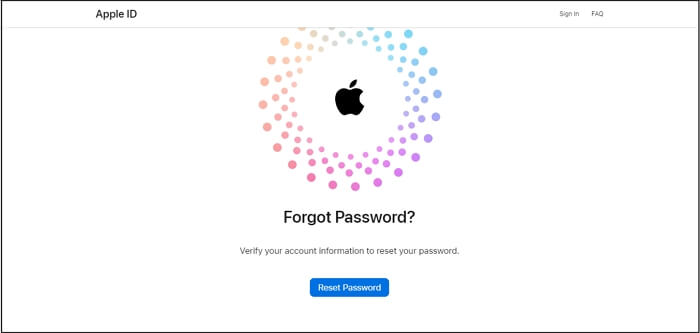如何使用PowerShell检查文件和文件夹是否存在
PowerShell提供了可靠的工具,用于管理系统上的文件和文件夹。一项必不可少的任务是检查是否存在特定的文件或目录。此功能对于自动化文件操作,错误处理和维护文件系统至关重要。让我们探索如何利用Powershell的内置CMDLET来有效执行这些检查。
使用测试路径进行基本存在检查
测试路径CMDLET是PowerShell的主要工具,用于验证文件和文件夹的存在。它返回一个布尔值:如果有路径,则$ true,如果不存在,则$ false。
步骤1:在您的Windows机器上打开PowerShell。您可以通过按WIN + X并选择“ Windows PowerShell”或在开始菜单中搜索“ PowerShell”来做到这一点。
步骤2:要检查文件是否存在,请使用以下命令结构:
if (Test-Path "C:pathtoyourfile.txt") {
Write-Output "The file exists."
} else {
Write-Output "The file does not exist."
}
步骤3:为了检查文件夹的存在,语法保持不变:
if (Test-Path "C:pathtoyourfolder") {
Write-Output "The folder exists."
} else {
Write-Output "The folder does not exist."
}
将这些示例中的路径替换为要检查系统的实际路径。
检查多个文件和文件夹
当您需要验证多个文件或文件夹的存在时,可以使用数组和foreach循环进行有效处理。
步骤1:创建要检查的一系列路径:
$paths = @(
"C:UsersYourUsernameDocumentsreport.docx",
"C:UsersYourUsernamePicturesvacation",
"C:Program FilesSomeApplicationconfig.ini"
)
步骤2:使用foreach循环迭代路径并检查每条路径:
foreach ($path in $paths) {
if (Test-Path $path) {
Write-Output "$path exists."
} else {
Write-Output "$path does not exist."
}
}
该脚本将检查数组中的每个路径,并输出是否存在。
将通配符与测试路径使用
测试路径支持通配符,使您可以检查与模式匹配的文件的存在。
步骤1:要检查目录中是否存在.txt文件,请使用此命令:
if (Test-Path "C:YourDirectory*.txt") {
Write-Output "Text files exist in the directory."
} else {
Write-Output "No text files found in the directory."
}
步骤2:您也可以使用更复杂的模式。例如,检查以“报告”开头的文件,并以“ .xlsx”结尾:
if (Test-Path "C:YourDirectoryreport*.xlsx") {
Write-Output "Excel report files exist in the directory."
} else {
Write-Output "No Excel report files found in the directory."
}
如果不存在,请创建文件夹
通常,如果该文件夹尚不存在,则需要创建一个文件夹。 Powershell通过测试路径和新项目的组合使这简单。
步骤1:使用以下脚本检查文件夹并在不存在的情况下创建它:
$folderPath = "C:pathtonewfolder"
if (-not (Test-Path $folderPath)) {
New-Item -Path $folderPath -ItemType Directory
Write-Output "Folder created: $folderPath"
} else {
Write-Output "Folder already exists: $folderPath"
}
步骤2:运行此脚本以创建文件夹(如果不存在)。 -NOT运算符会反转测试路径的结果,因此新项目CMDLET仅在不存在文件夹时运行。
检查隐藏的文件和文件夹
PowerShell还可以检查隐藏的文件和文件夹,这对于系统管理和故障排除非常有用。
步骤1:要检查隐藏的项目,请使用带有-force和-hidden参数的Get -Childitem CMDLET:
$hiddenItems = Get-ChildItem -Path "C:YourDirectory" -Force | Where-Object { $_.Attributes -match 'Hidden' }
if ($hiddenItems) {
Write-Output "Hidden items found:"
$hiddenItems | ForEach-Object { Write-Output $_.FullName }
} else {
Write-Output "No hidden items found in the directory."
}
步骤2:该脚本将列出指定目录中的所有隐藏项目。您可以通过调整路径和过滤标准来修改它以检查特定的隐藏文件或文件夹。
使用这些PowerShell技术,您可以有效检查文件和文件夹的存在,根据需要创建目录,甚至可以使用隐藏的项目。这些技能对于系统管理员,开发人员以及希望在Windows上自动化文件系统操作的任何人都是无价的。请记住,在生产方案中使用它们之前,请始终在安全的环境中测试您的脚本。












